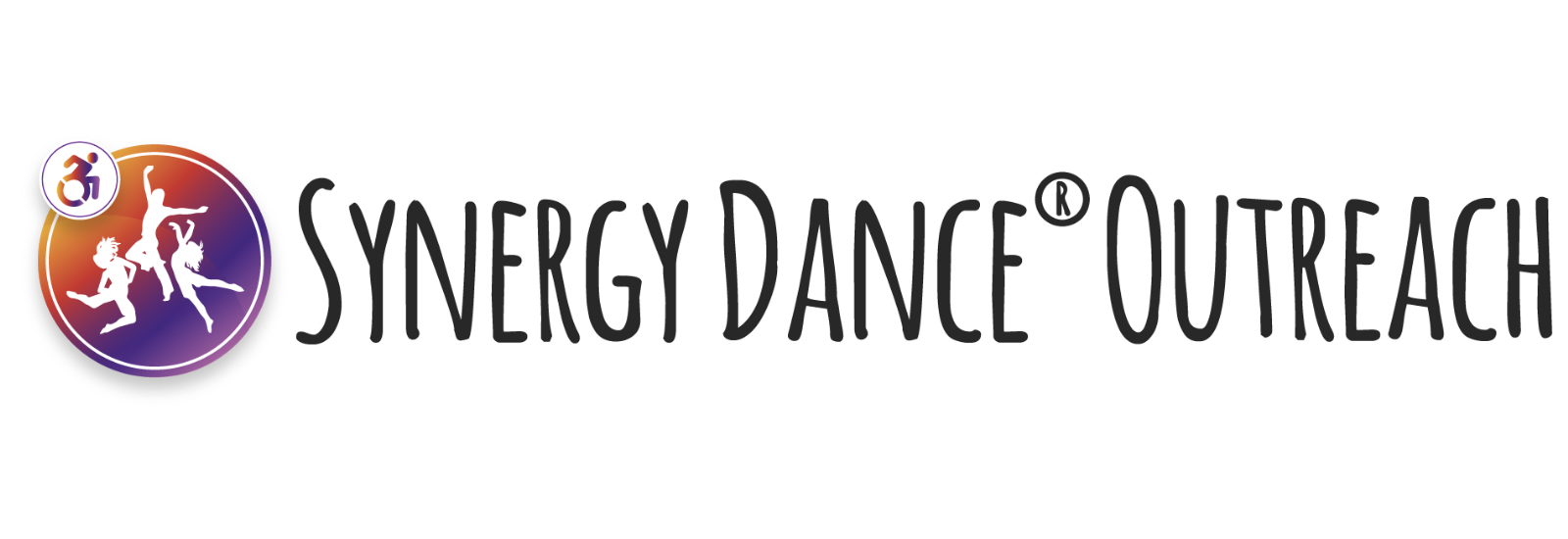
We are delighted to share some fantastic news – Synergy Dance® Ltd has been ranked 5th in the UK in the prestigious Club Hub Top 100 Awards 2025, celebrating the very best in children’s activity providers across the country.
The Club Hub Awards, held on Saturday 10th May, recognised organisations that go above and beyond to deliver outstanding services for children and families. The Top 100 list celebrates excellence in five key areas: Activity Benefits, Safeguarding, Inclusivity, Community Impact, and Business Achievements.
This year’s shortlist was fiercely competitive, featuring hundreds of high-calibre businesses from all over the UK. To be placed not only in the Top 100 but in the Top 20 – at position number 5 – is an enormous honour and a testament to the passion, commitment, and innovation of the Synergy Dance team.
Club Hub UK shared:
“These incredible businesses have been recognised for their Activity Benefits, Safeguarding, Inclusivity, Community Impact and Business Achievements – they are truly making a difference to children and families every day.”
At Synergy Dance, our mission has always been to make inclusive dance, yoga, and fitness accessible to all. We aim to ensure no one is left behind and are classes are open to everyone. This recognition affirms the impact we continue to make through high-quality, inclusive and engaging activities for children of all abilities. Synergy also offer inclusive training opportunities in partnership with Future Fit Training to instructors to enable them teach diverse communities and classes.
We would like to thank Club Hub UK for this award and extend our heartfelt gratitude to our talented instructors, passionate and hardworking team, partners, friends and supportive families who make our work possible.
We’re excited about the future and look forward to inspiring even more young people to move, create and shine to be the best they can be.









